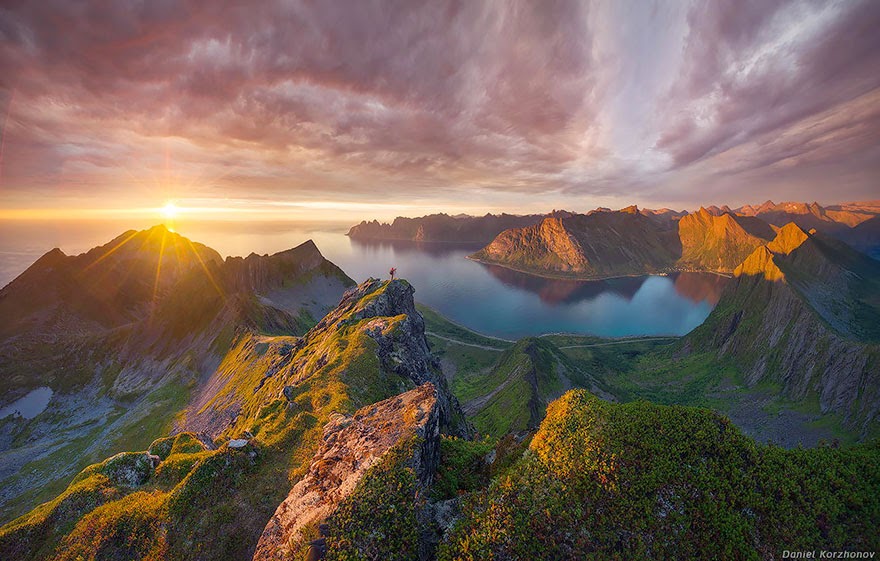Midnight Sun is a natural phenomenon occurring in
the summer months north of the Arctic Circle and south of the Antarctic Circle
where the sun never fully sets and remains visible 24 hours a day. The video is
shot completely in Ultra HD 4K resolution; however; this short time lapse film
was shot during the Icelandic Midnight Sun in June of 2011.
Furthermore the photographer says; for 17 days I’ve
traveled solo around the whole island shooting almost 24 hours, even sleeping
in the car, and eating whenever I had the time. During my days shooting this
film I shot 38,000 images, traveled some 2900 miles, and saw some of the most astonishing,
striking, and extreme landscapes on the planet. Iceland is unquestionably one
of the most striking and infrequent places you could ever imagine.
Particularly during the Midnight Sun when the
quality of light hitting the landscape is very unusual, and very remarkable. Iceland
is a landscape photographers ecstasy and playground, and should be number one
on every photographers must visit list. Iceland during the Midnight Sun is in
sort of a permanent state of sunset. The sun never full sets and travels
horizontally across the horizon throughout the night, as can be seen in the
opening shot and at the :51 second mark in the video.
Moreover; during the Arctic summer, sunset was at
midnight and sunrise was at 3am. The Arctic summer sun providing 24 hours a day
of light, with as much as six hours daily of "Golden light". Once the
sun had set it wouldn't even get dark sufficient for the stars to come out, and
they don't start to reappear until August. My best guidance to everyone out
there, no matter you’re photographer or not, this is extremely beautiful and simple,
you must visit Iceland sometime during your lifetime. You will never regret it.
Midnight Sun | Iceland from SCIENTIFANTASTIC on Vimeo.

















































